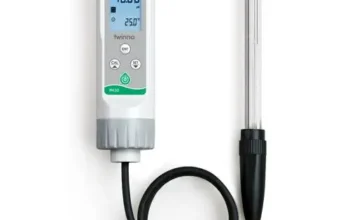Hiring a virtual assistant (VA) from the Philippines can be a game-changer for your business. Filipino VAs are known for their strong work ethic, excellent communication skills, and cultural compatibility with Western companies. However, hiring is just the beginning—success ultimately depends on a smooth and effective onboarding process. Whether you’re a small business owner or part of a growing enterprise, knowing how to onboard a virtual assistant correctly ensures you get the most value from the partnership.
In the second step of your hiring journey, it’s crucial to identify trusted providers or platforms. If you’re looking to hire a Virtual Assistant Philippines, partnering with a platform that offers skilled, pre-vetted professionals makes the process faster and more reliable. Choosing a quality provider helps you avoid the pitfalls of hiring unqualified candidates and simplifies the onboarding process.
Define the Role Clearly
Before your new VA begins, prepare a detailed job description. This document should clearly outline the specific tasks the assistant will handle, including tools they’ll use, expected hours, and communication protocols. The more detailed and transparent you are at this stage, the smoother the onboarding process will be. Virtual assistants, especially those based in the Philippines, appreciate clarity, as it helps them align with your goals quickly.
Set Up the Right Communication Channels
Successful onboarding includes deciding how you’ll communicate. Choose platforms such as Slack, Microsoft Teams, or Zoom for daily or weekly check-ins. Filipino VAs are generally fluent in English and adapt quickly to different communication tools, but consistency in how and when to communicate is essential to avoid confusion and delays.
Provide Access to Necessary Tools
Give your VA access to the tools they need to perform their tasks. This may include:
- Project management tools (e.g., Trello, Asana, ClickUp)
- Cloud storage (e.g., Google Drive, Dropbox)
- CRM platforms
- Time-tracking apps, if necessary
Ensure that access levels are defined and secure. Provide training resources or offer short walkthroughs for tools that may be unfamiliar. This upfront investment saves time and fosters greater productivity in the long term.
Deliver a Structured Training Plan
Not every virtual assistant will be familiar with your unique business operations. Create a structured training plan to bring them up to speed. This could include:
- Company overview and mission
- Product or service training
- System and workflow tutorials
- Customer service expectations, if applicable
Training should be progressive. Begin with essential tasks and introduce more complex responsibilities as confidence and competence grow. Filipino VAs are known for being fast learners, especially when given consistent support and clear instructions.
Set Clear Expectations Early
During the first few days, clarify expectations regarding:
- Work hours and availability (including time zone adjustments)
- Deadlines and performance metrics
- Reporting frequency and formats
- Feedback and review processes
Cultural respect and professionalism are highly valued in the Philippines. Being upfront about expectations helps build trust and encourages accountability from the start.
Encourage Open Feedback and Questions
Create a culture of openness where your VA feels comfortable asking questions or voicing concerns. This not only builds confidence but also helps you identify areas that may require better training or clarification. Filipino VAs often strive to please, so encouraging honest communication leads to a healthier and more productive working relationship.




